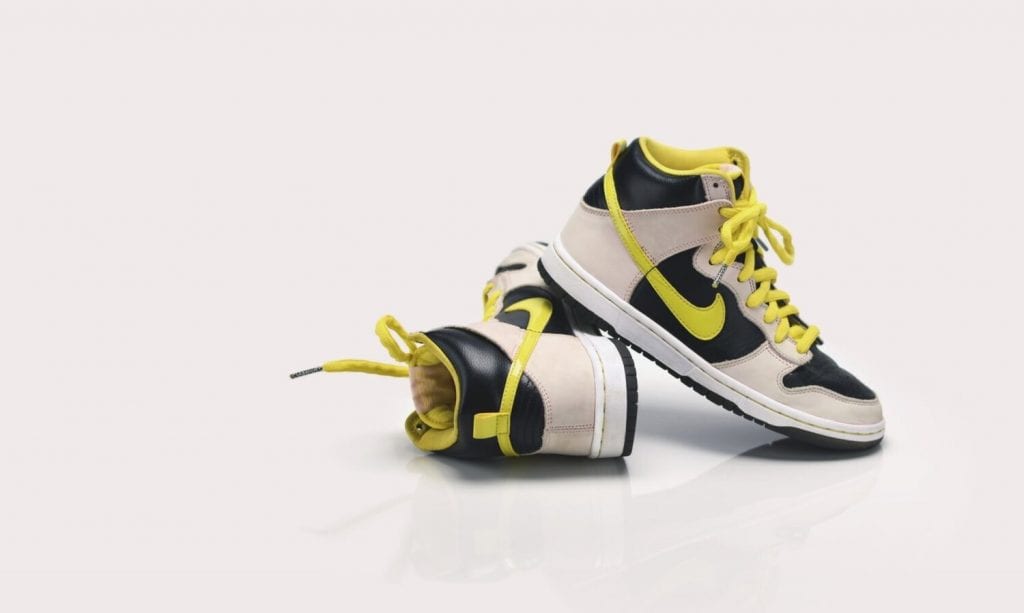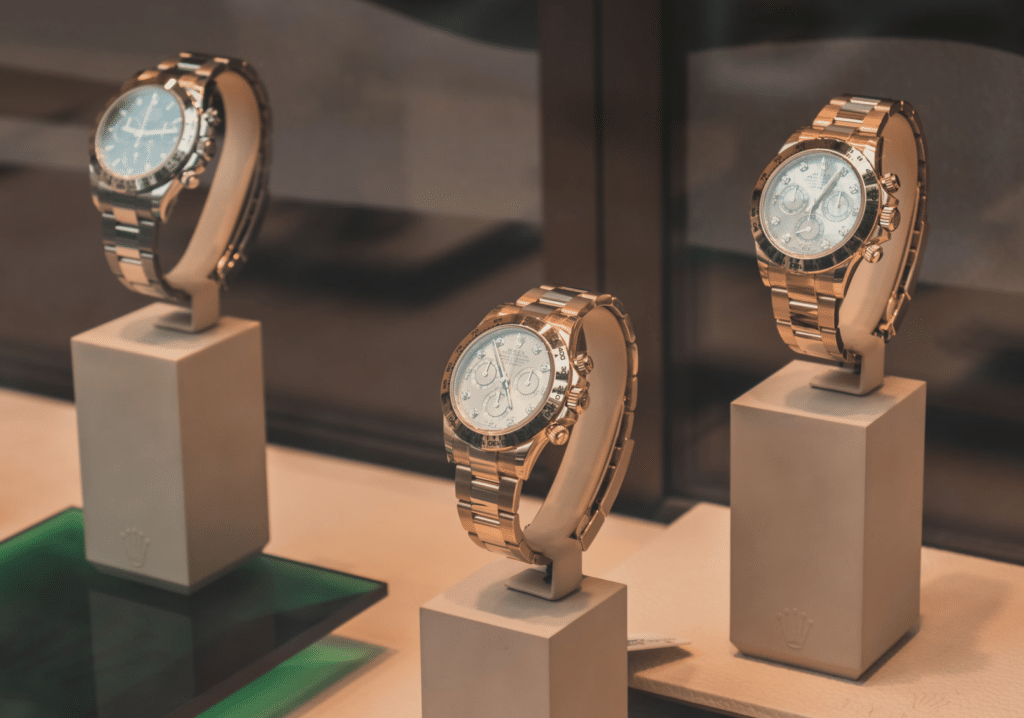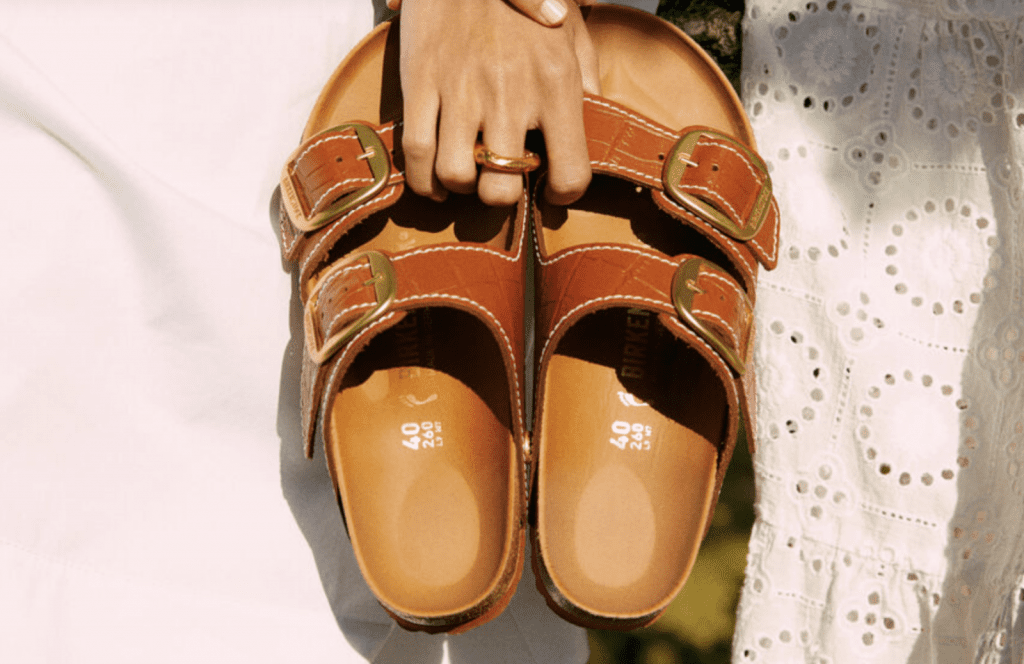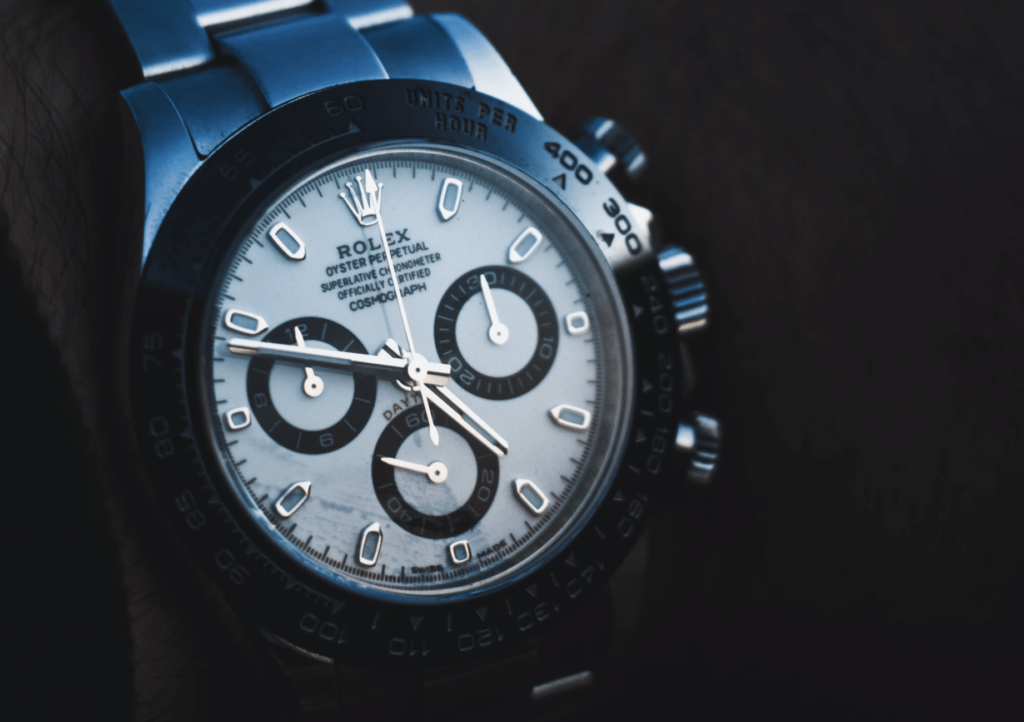At any given time, consumers can score cheap replicas of Nike’s hottest selling running shoes and can easily get their hands on convincing rip-offs of its otherwise hard-to-get Off-White collaboration sneakers thanks to thousands of websites and individual marketplace sellers. In an effort to stomp out some of the counterfeits that saturate the market, and protect its wildly valuable and “widely-recognized” intellectual property rights and the reputation that comes along with them, Nike filed a trademark infringement and counterfeiting lawsuit in a New York federal court in November 2013.
In what initially appeared to be little more than one more action in the long line of lawsuits that brands routinely initiate against online counterfeit sellers, counsel for Nike named more than 600 different defendants – most of which were identified exclusively by web domain – in its 64-page complaint, accusing them of selling Nike and Nike-owned Converse branded sneakers, with some of the defendants allegedly going so far as to “claim to sell ‘guaranteed authentic’ Nike products that [were], in reality,” little more than counterfeits.
As it turns out, the case filed by the Beaverton, Oregon-based sportswear giant – which reported $39.1 billion in annual revenue for its 2019 fiscal year – would prove to be more striking than the run-of-the-mill counterfeiting case that it initially appeared to be.
After none of the 600-plus China-based counterfeiters named in Nike’s complaint responded or showed up in court to defend themselves, a New York federal court sided with Nike, issuing a default judgment. In a standard outcome in these types of counterfeiting cases, the court held that the defendants had “willfully infringed various valuable, federally protected [Nike and Converse] trademarks in connection with the sale, offering for sale, and distribution of products similar to those offered by Nike and Converse,” and were on the hook for “over $1.8 billion” in damages as a result.
The problem? Since none of the defendants had responded to the lawsuit and generally, were only identified by domain name (think: www.cheapnikeairmax-mart.com, www.authentic-jordans.us, and www.airmaxofficialshop.co.uk, among others) and/or email address, in order to actually hold the defendants accountable, Nike would have to identify, and even then, it would be difficult – if not impossible – for Nike to recover any meaningful portion of that nearly $2 billion sum from a pool of more than 600 counterfeit sellers.
In light of that reality, in early 2017, Nike sold off the judgment to Next Investments, an arm of financial services firm Tenor Capital, which, according to Bloomberg Law “likely did not pay much [for it] based on how difficult it would be to collect such a large figure from small retailers in China.”
With the newly-acquired ability to try to recover that $1.8 billion-plus judgment, Next did not look to the individual counterfeit-selling defendants, and instead, decided to follow the trail of the defendants’ money from the PayPal accounts associated with their various websites and target the Chinese banks that acted as intermediaries between the consumers who had purchased fakes from the individual defendants and the defendants, themselves. After all, in an attempt to avoid court-ordered seizures of ill-gotten funds processed by PayPal, counterfeiters have taken to swiftly transferring the funds out of their PayPal accounts and into their individual bank accounts en masse.
As it turns out, despite the court issuing orders in Nike’s favor that served to prevent the defendants and certain third parties “from transferring, withdrawing or disposing of any money of the defendants, or otherwise paying or transferring money or other assets into or out of any accounts held by, associated with, or utilized by the defendants, regardless of whether such money [is] held in the U.S. or abroad,” as Judge C.J. McMahon of the U.S. District Court of the Southern District of New York stated in January, Nike “never sought to enforce the orders against the financial institutions that might have access to or control over the [defendants’] assets.”
So, Next did just that, and set its sights on Agricultural Bank of China, Bank of China, Bank of Communications, China Construction Bank, China Merchants Bank, and Industrial and Commercial Bank of China, none of which were named as defendants in the case, but all of which “maintain accounts associated with the [defendant counterfeit sellers].”
When given notice – by way of their New York branches – of the restraining orders relating to the defendants’ accounts and requests for a temporary asset freeze, the banks refused to act on the basis of jurisdictional issues. This prompted Next to seek a finding from the court that the banks were acting in contempt “of the asset restraints, as well as the court’s discovery orders [for information about the defendants’ bank accounts].”
More than that, Next sought an order from the court that the banks be required to pay over $150 million in damages, a sum “equivalent to [a portion of] the statutory damages available under the Lanham Act for the [defendants’] infringement of Nike’s trademarks … plus the value of the funds that the [defendants] transferred out of their accounts since the [court issued the restraining order] due to the banks’ ‘complete disregard for the asset freeze provisions.’”
The banks rejected Next’s quest for contempt damages, arguing that, among other things, the asset restraint that was served upon them by way of their New York outposts has “no effect on [their] foreign branches” because “New York’s ‘separate entity’ rule do[es] not require a bank to restrain a [defendant’s] assets held in foreign branches.”
In a decision last month, more than 5 years after Nike first filed suit, Judge McMahon agreed, holding that Next “fails to establish that any of the asset restraints were or are enforceable against the banks’ Chinese branches,” and noting that “no judge of this court ever concluded that the asset restraints were binding on the banks.”
“Yet now,” the judge stated in her January 17 decision, Next “claims that the banks have been violating this court’s orders since 2013, and are responsible for statutory damages arising from every act of infringement by the [defendants] since,” an argument that she characterizes as “inside-out.” With that in mind and given that she called any requirement of “instantaneous compliance” on the part of the Chinese banks “a draconian standard to apply to nonparties,” Judge McMahon denied Next’s contempt motion, thereby, cutting the link between Next and any of the defendants’ money, while also marking a significant win for the banks.
In a comment provided to Law360 on the heels of the court’s decision last month, Quinn Emanuel Urquhart & Sullivan LLP’s Carey Ramos, who represented five of the six banks, stated: “This was a landmark decision that will have implications not just for trademark cases but more broadly for the international banking system and the importance of New York as an international banking center.”
The court’s decision does not close the book entirely for Next. Judge McMahon stated that Next “may still attempt collect from the judgment debtors in the Chinese court system, or other courts with jurisdiction over them (if there are any).” In closing, she also aptly noted that Next “is hardly the first judgment holder to encounter difficulty when attempting to collect from a foreign debtor.” In reality, “It happens all the time, and to parties with considerably fewer resources.”
The case at hand follows from two Second Circuit trademark infringement/counterfeiting cases involving Gucci and Tiffany & Co., respectively, which saw Chinese banks challenge the enforceability of discovery orders and prejudgment asset freezes overseas.
*The case is Nike, Inc. et al. v. Wu, 1:13-cv-08012 (SDNY).











